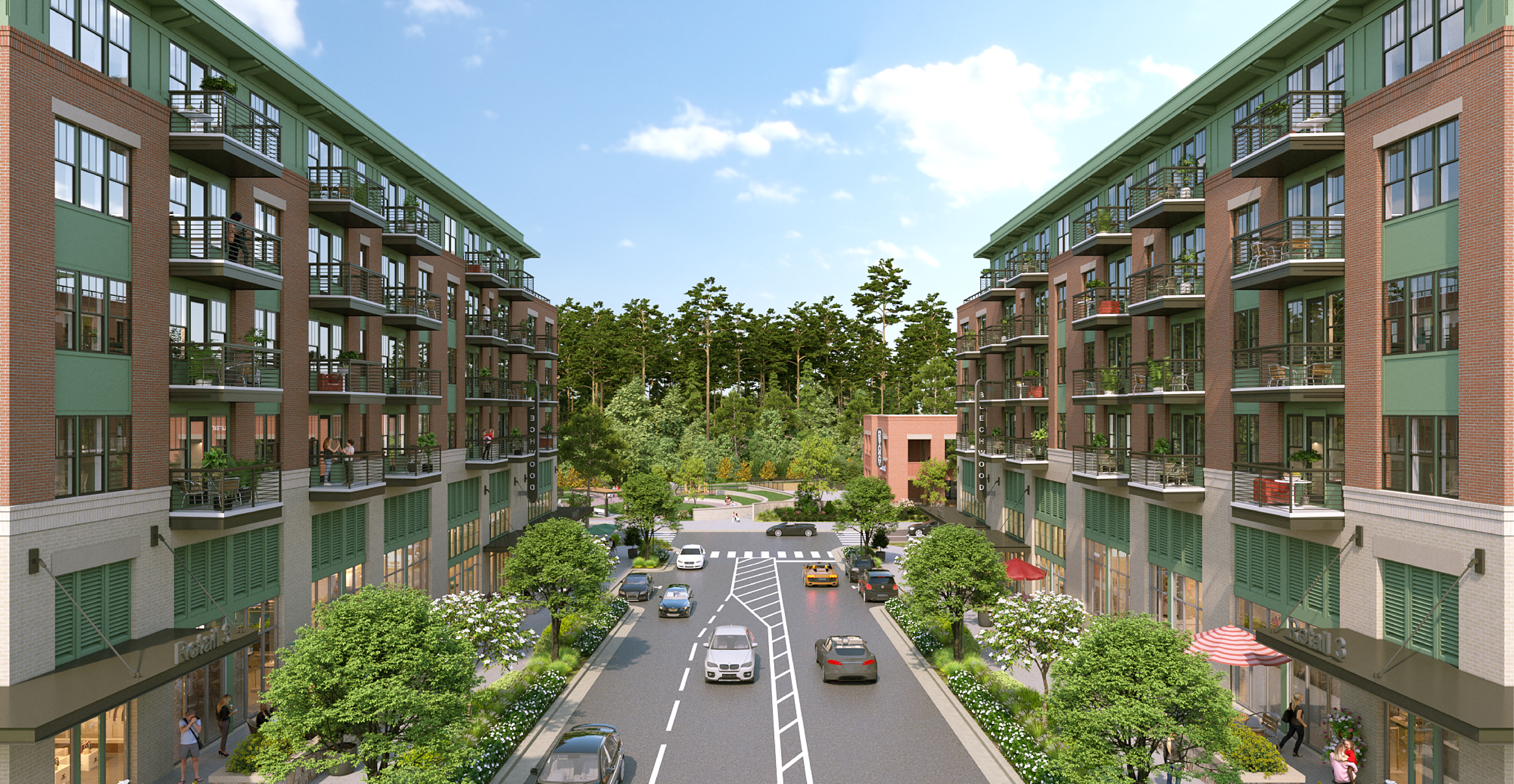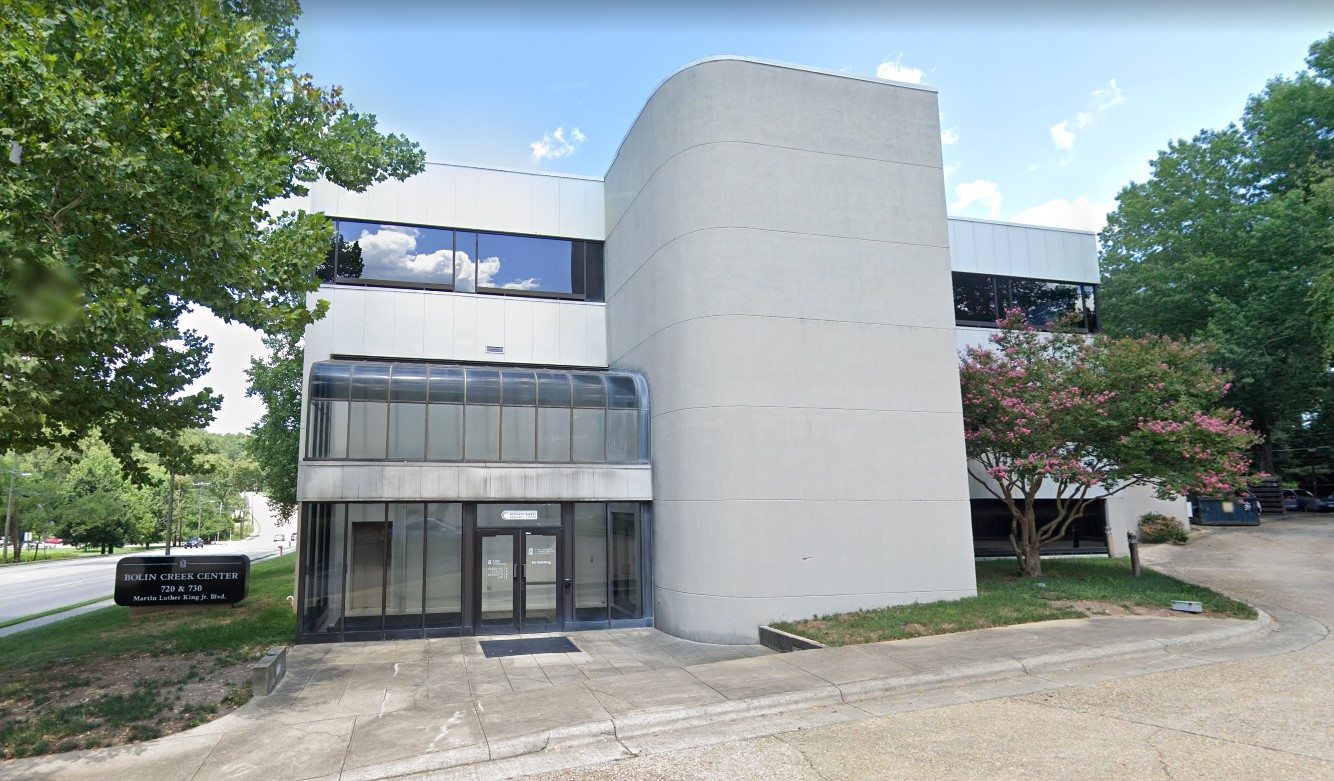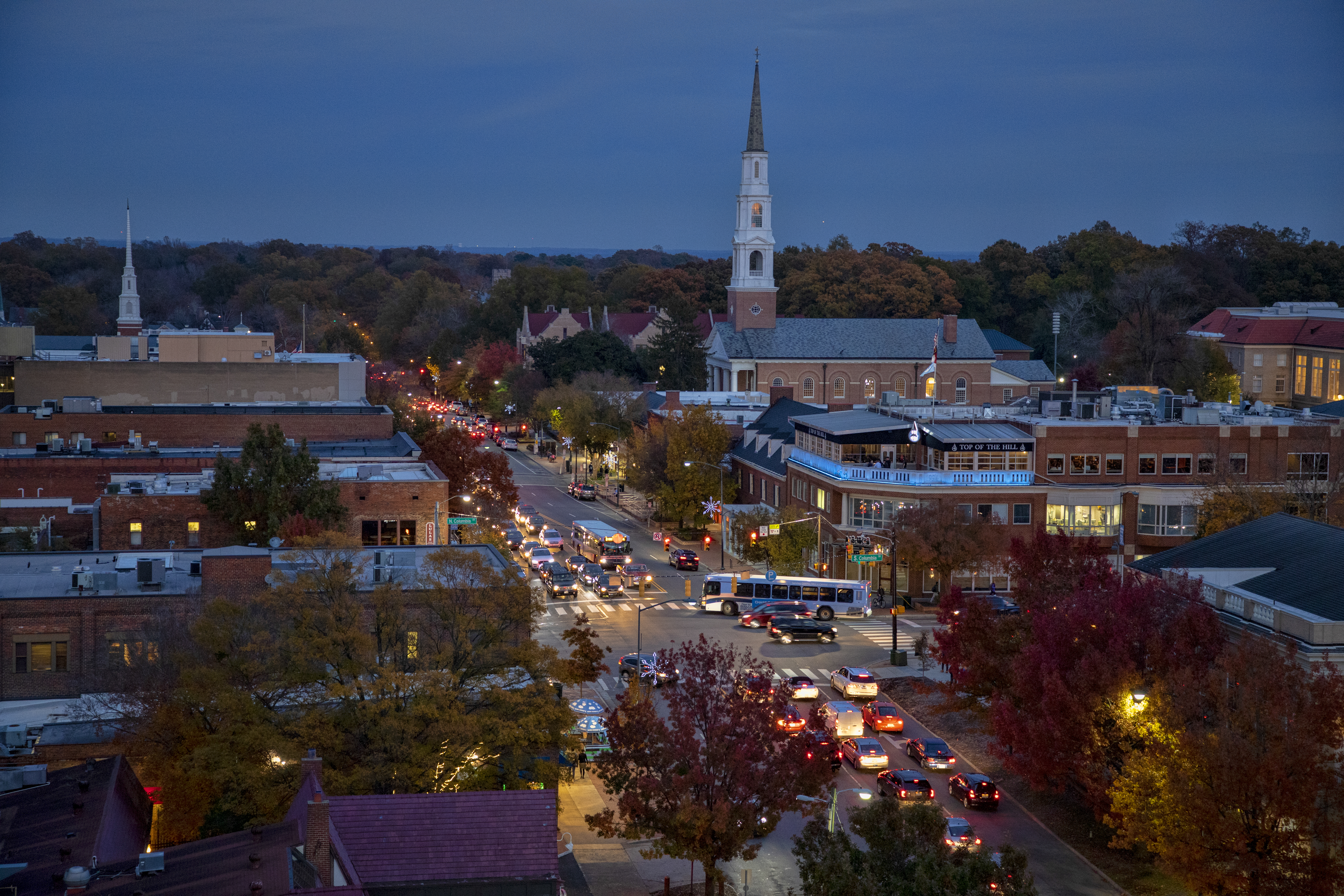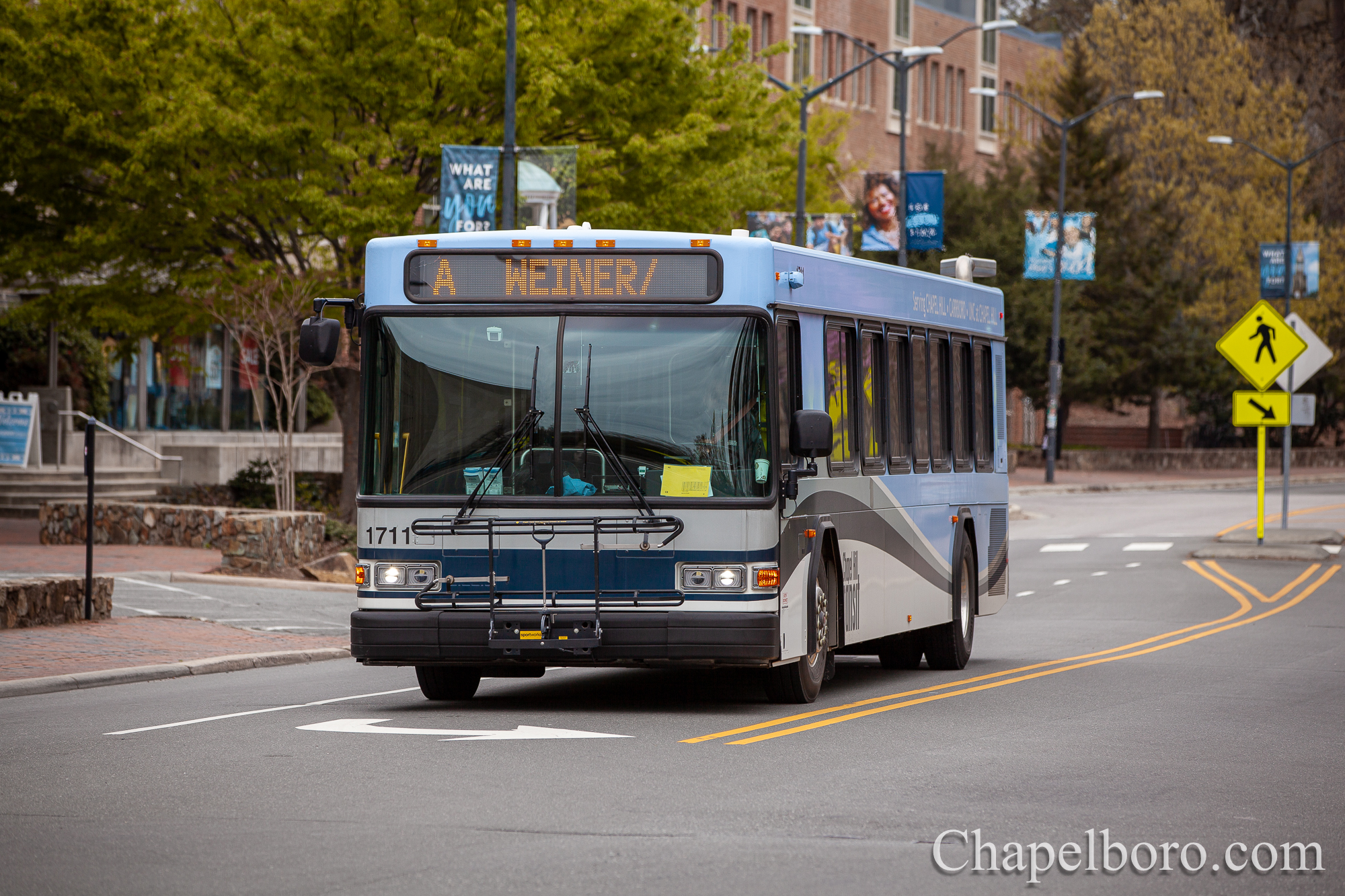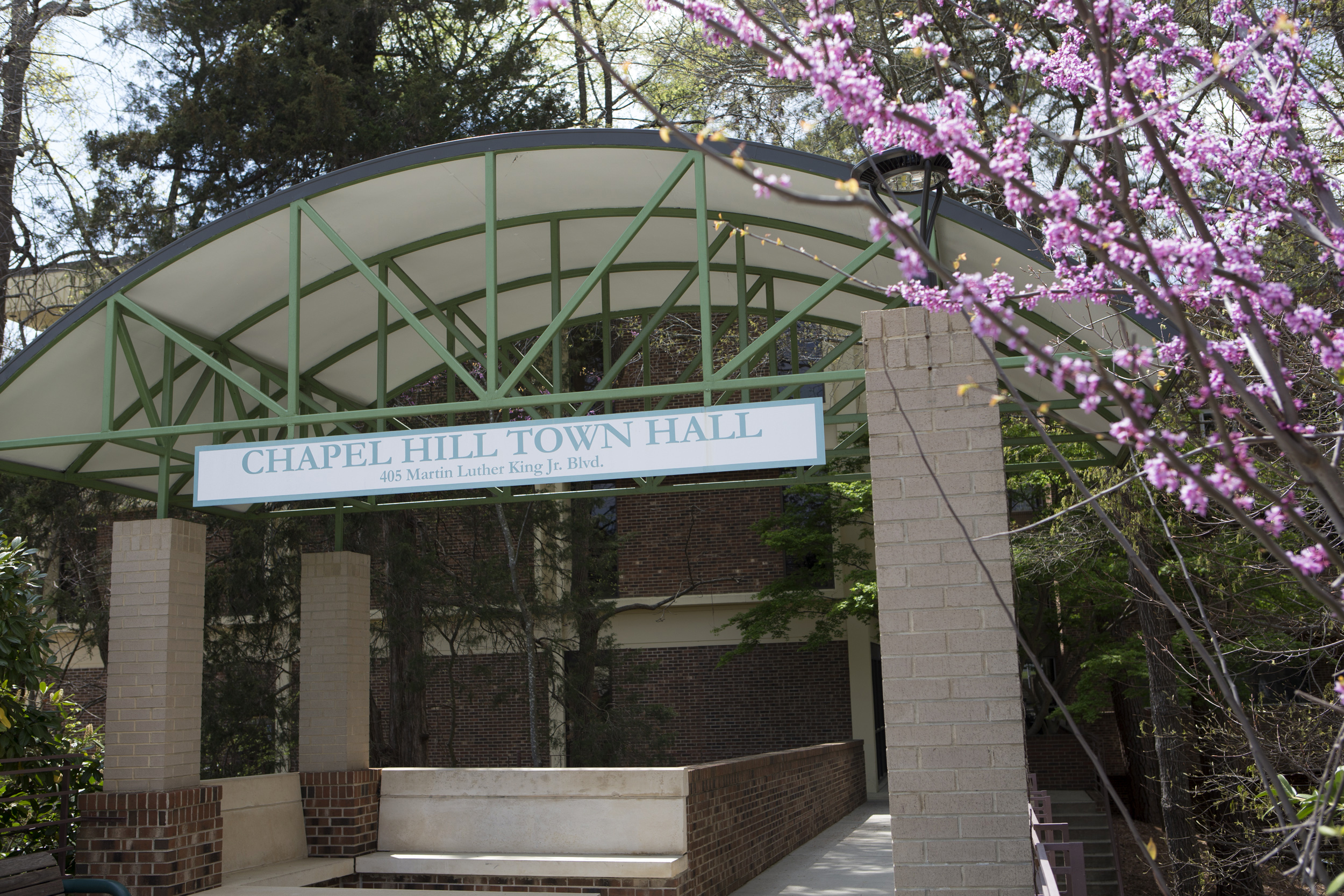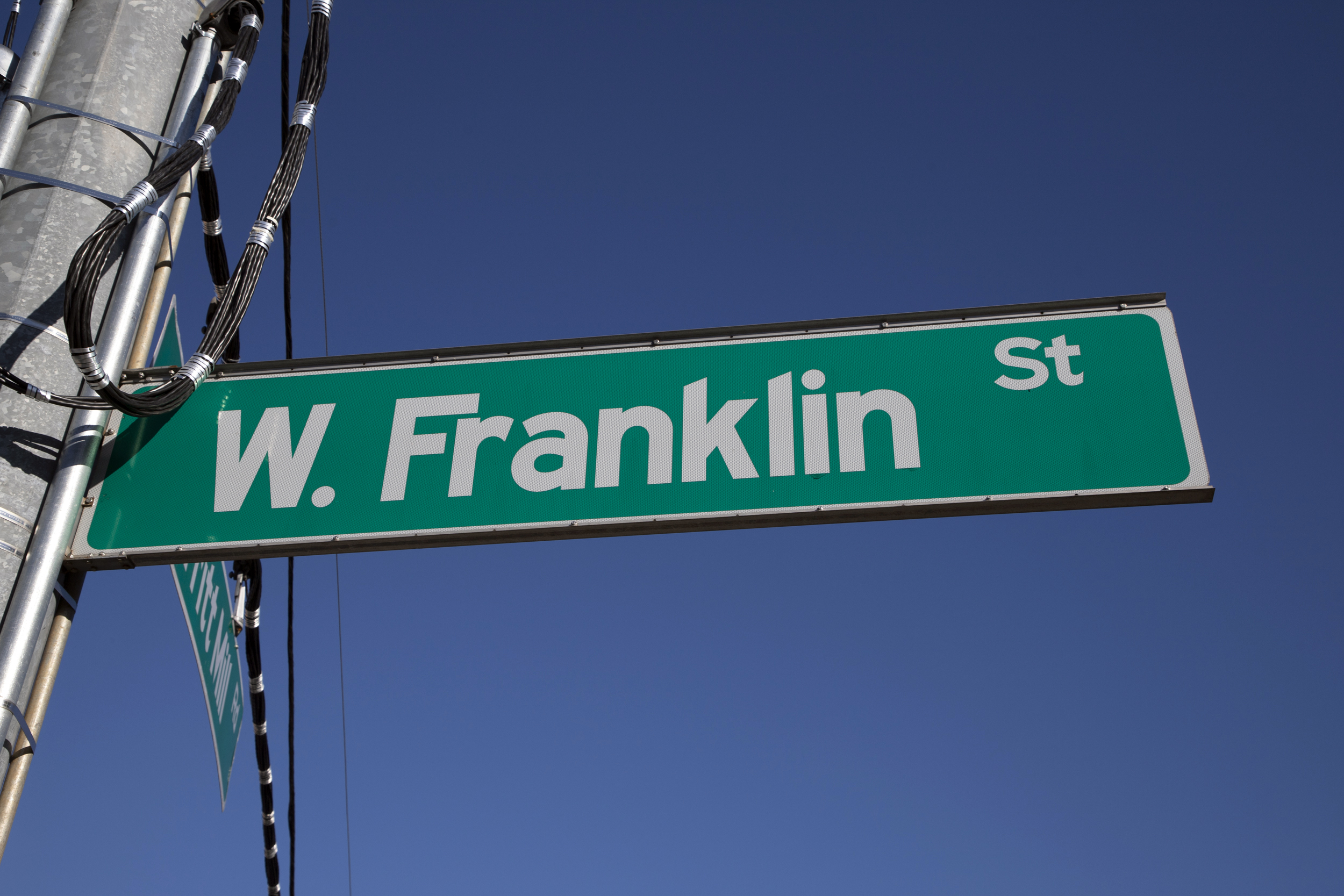Written by Teresa Fang, former East Chapel Hill High School student
It seems that with every new neighborhood built in Chapel Hill, twice as many concerns are voiced.
Other than there being too much construction throughout the town, Chapel Hill residents demand action for existing issues in neighborhoods to be addressed properly, while others fear that the buildings will overshadow the historical nature of the town — indicated by Hillsborough Street being dotted with “Say No to Zoning” signs.
In May, the Chapel Hill Town Council adopted the Complete Community Strategy, a plan for building need-based housing through a series of reform, incentives, and conditional zoning plans. Amending the Chapel Hill 2020 Comprehensive Framework, the goal of the Complete Community Strategy is to assess and guide developers to meet current and future housing needs in Chapel Hill. It emphasizes diverse housing, mixed-use districts, green spaces, active transportation, and improving employment and retail opportunities, retail, and the public realm.
Building more housing could put a bigger dent in the town’s divided opinions on inclusionary zoning: after nearly every developer’s proposal in council meetings, local residents voice concerns over housing density, traffic, design, sustainability, stormwater run-off, middle-housing options, and affordability. The Chapel Hill Town Council aims to use conditional zoning to ensure projects are personalized for specific parcels of land. This method could help to turn around the stigma surrounding housing and open conversations for future plans.
But all of these outcomes depend on the town balancing housing concerns — and whether Chapel Hill residents understand and approve the reason for the massive changes in this small town.
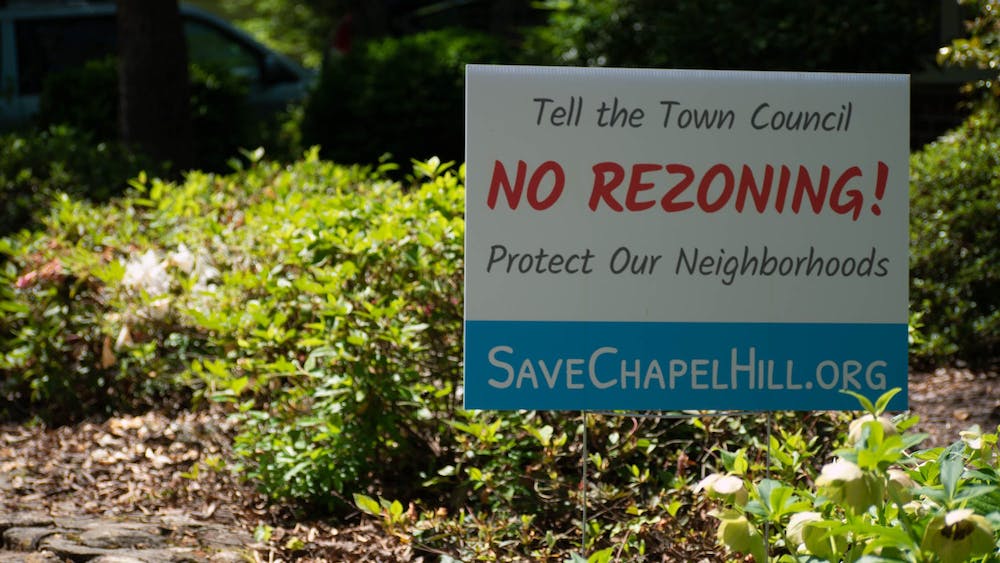
A sign intended to protest against the Chapel Hill Town Council’s rezoning efforts stands in front of a home on Hillsborough Street, Chapel Hill on Tuesday, April 18, 2023. (Photo via Gage Austin/The Daily Tar Heel.)
Providing Alternative Housing Options
The first reason for the surplus of new apartments is the lack of alternative forms of housing and transportation. This issue was worsened by the pandemic. Because people had extra money to spend while staying home, they bid and bought houses, raising prices to new heights and laying the precedent for the current housing crisis.
High housing prices leave little leeway for residents to buy or rent a house. According to the former chair of the Planning Commission and current candidate for the Chapel Hill Town Council, Jon Mitchell, there have been “huge” changes to land-use strategic planning because of the long-term inflation in real estate markets.
“The town’s comprehensive planning is partly designed to increase the diversity of our housing stock away from mainly single-detached, single-family homes on the one hand, to larger apartment buildings on the other, adding more of what’s referred to as missing middle housing,” Mitchell said.
That missing middle housing has been one of the Town Council’s main priorities for development to fill the gap between the number of completed units 10 years ago with today’s. For example, Southern Village and Meadowmont, both walkable multi-family dwellings, have sold well. The 2000s and 2010s were the era of single-family houses and apartments. According to the Town of Chapel Hill’s Projected Housing Needs for 2020-2040, currently, only about five percent of new units completed since 2010 have been owner-occupied condominiums or townhouses.
Chapel Hill’s housing construction is working on increasing this proportion. By offering cheaper alternative housing options, living in Chapel Hill can be more accessible and less of a high-reaching dream.
Connecting Workplaces and Homes
The second reason is to accommodate Chapel Hill’s growth rate. According to the Town of Chapel Hill’s Housing Needs and Market Assessment, the town’s population is increasing by 0.5 percent per year. To keep the jobs-housing ratio from rising, the town will need to increase average annual housing production by 35 percent over that of the 2010s, meaning about 485 units must be built per year to meet the quota. Chapel Hill has 22,152 housing units (as of April 12, 2023), and is short by about 13,000 to meet the projected quota by 2050.
Mayor Pam Hemminger says she hopes these zoning plans can attract and connect people with their homes and workplaces. In a Zoom meeting with the Chapel Hill Youth Council on Feb. 6, Hemminger said that 43,000 people drive into Chapel Hill for work every day, and a further 20,000 leave for work every day.
“We [the Chapel Hill Town Council] are looking at more park and ride options for them and opportunities,” Hemminger said. “We’ve moved toward electric buses, electric cars and EV charging stations. We’re trying to do everything possible to our carbon footprint while also providing safer ways for people to get to and from work.”
Currently, 70 percent of jobs in Chapel Hill are in the education or the healthcare sector, reported the town’s Market Assessment, leaving the local economy overly dependent and vulnerable to unprecedented events. Since UNC students are in town nine months out of the year, many businesses slow down in December, early January, and the summer. For example, the Italian restaurant MidiCi on Franklin Street had bustled with life for only one year before closing for good in the summer of 2019.
Hemminger, a small business owner herself, is a strong proponent of developing more commercial sites for businesses in Chapel Hill to diversify the local economy.
“We can’t control small businesses, but we can incentivize and encourage,” she said. “We have lots of empty spaces. We’ve made an inventory of all the landlords that own spaces downtown, and we’ve reached out to them to find out if we could partner to help some of our small businesses to grow, stay, or change. We’ve had some really good success with that.”
Opposition and Concerns
While many look forward to seeing a modernized Chapel Hill, every coin has two sides. Building more houses and facilities does nothing to alleviate pre-existing issues like climate change and fossil fuel usage. Some projects challenge the financial capacities of Chapel Hill households and are not up to standard with the LUMO (Chapel Hill’s Land Use Management Ordinance). When the Chapel Hill Town Council approved the Housing Choices text amendment last June, some residents argued this amendment may not actually affect affordable housing and instead cause disproportionate impacts on Chapel Hill’s historical districts.
For instance, while an approved proposal for 710 N. Estes Dr. addresses an important housing need with their 2,000 square foot, three-bedroom townhomes, purchasers would have to pay $400,000 or more for these units today. At this price level, the target market for the market-rate units will consist of households with incomes well above the Chapel Hill area median income (AMI) of $77,000.
In a January 17 Planning Commission meeting, the board discussed a conditional zoning plan at 2217 Homestead Rd. called Homestead Road Tri-Pointe Townhomes, a neighborhood close to the Southern Human Services Center, Homestead Park and Aquatic Center, and the senior neighborhood Courtyards.
During the meeting’s public comments segment, Courtyards residents spoke about their concerns about the new neighborhood. They encourage community connectivity, citing the nearby Carolina Greenway trail as a positive attraction, but not for cars and cut-through traffic since it raises safety risks for many of the elderly residents. Another main concern is stormwater buffering and flooding, as well as the protection of native trees in the neighborhood.
Implications for Students
Is Chapel Hill too welcoming? The town council has been looking favorably at small businesses and adding jobs to the local economy to maintain a stable workforce. The zoning was implemented to keep the UNC students who flow in and out of the town by providing them with long-lasting places to work and good homes to live in, building those where there is available space.
However, rezoning this way misses a crucial point: building houses in specific districts moves populations completely, leading to an education system struggling to serve the growing student population.
For instance, there is an obvious distinction in the number of new neighborhoods being built in the Chapel Hill High School (CHHS) district compared to the East Chapel Hill High School (ECHHS) district. What increases the K-12 student population? Building new neighborhoods, such as Bridgepoint’s two-story townhomes and Tri-Pointe Townhomes on Homestead Road, in one school district. The $70 million renovation for Chapel Hill High School was not only meant to revitalize the oldest high school in the town but also to prepare for the growing enrollment that these neighborhoods will soon bring.
Nobody in the town council will openly admit that the zoning plans are shifting attention away from the CHCCS education system. There is a myriad of problems with the education system already, not to mention the imbalances between total student enrollment over time. For example, while new neighborhoods are being built in the Chapel Hill High School (CHHS) district, the CHHS student enrollment has been growing from 1439 students in 2015 to 1505 in 2022. East Chapel Hill High School (ECHHS) has not seen many new neighborhoods, but the enrollment decreased from 1540 in 2021 to 1475 in 2022. The enrollment at ECHHS now is nowhere close to the enrollments in the past. ECHHS’s current student-teacher ratio is 16:1. If students from ECHHS are being rezoned to CHHS because of new neighborhoods, then these academic disparities will continue.
If expanding our town meant turning a blind eye to our schools, then the path toward a sustainable future would not be smooth. Regardless of what the future will look like, Orange County is still one of the fastest growing regions in the country with a serious housing shortage coupled with other issues that must be addressed for both the good of the climate and townspeople, particularly the students. Ultimately the key debate is deciding what kind of balance the town hopes to strike.
Chapelboro.com does not charge subscription fees, and you can directly support our efforts in local journalism here. Want more of what you see on Chapelboro? Let us bring free local news and community information to you by signing up for our biweekly newsletter.

